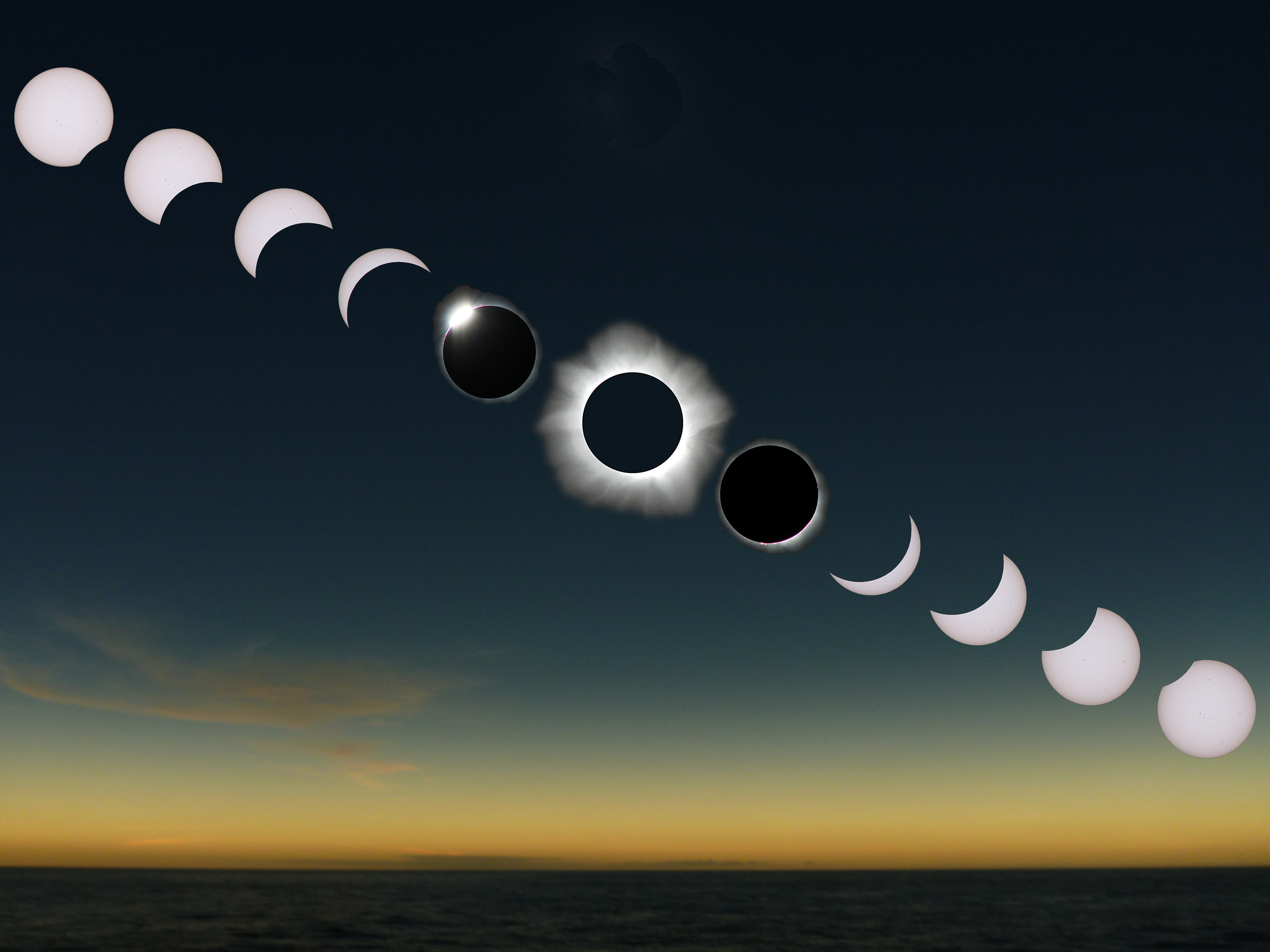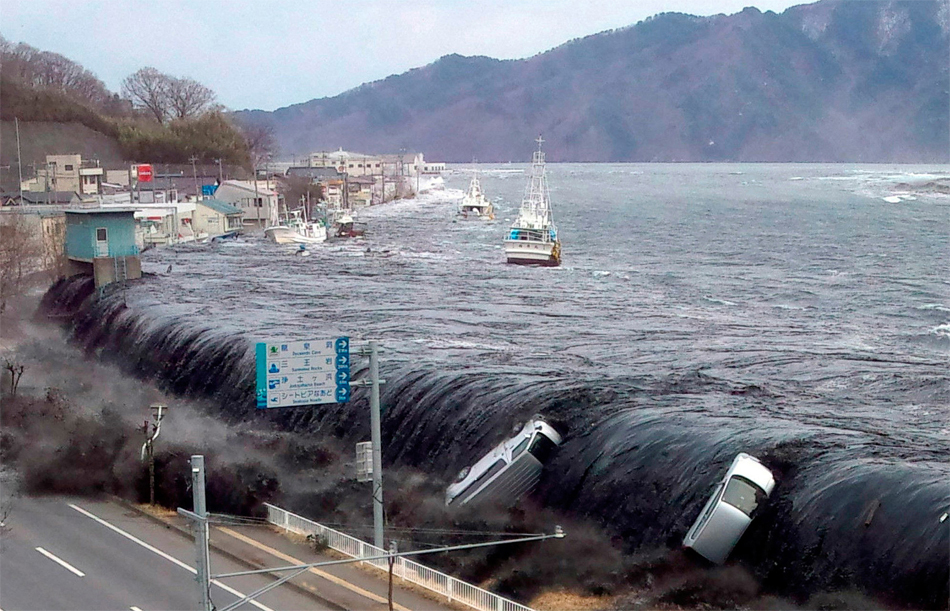By David Jacobson, Temblor
Click below to watch live!
Originally published on: September 12, 2016
Could the alignment of the moon really be a key to unlocking when large earthquakes will occur?

Starting at 10:15 a.m. on the West Coast, millions of Americans will begin to take in the first solar eclipse to cross the entire country since 1918. In total, it will take the eclipse approximately 90 minutes to cross the country, in an event that has drawn people from all over the globe. Even though eclipses happen about every 18 months, this one is the most accessible to Americans in 38 years. However, if you miss this one, the next total solar eclipse to cross the US will be on April 8, 2024. For the town of Carbondale, Illinois, residents are lucky enough to be in the path of totality for both today’s eclipse, and the one in seven years.
One question that frequently comes up in Google searches is whether or not an eclipse could cause an earthquake. While the eclipse itself is unlikely to cause an earthquake, the increased tidal stresses during a new moon, which is required for a solar eclipse, could slightly increase the likelihood of a large earthquake. In an article published last year in Nature Geoscience, tidal reconstructions done by a team of Japanese scientists appear to show that large subduction zones are highly sensitive to changes from tidal stresses. By analyzing and simulating tides in the two weeks prior to large events (e.g. 2004 Sumatra, 2010 Chile, and 2011 Tohoku), they found that the earthquakes tended to occur at times of maximum stress (During full or new moons).

The Japanese team, led by Dr. Satoshi Ide, is not predicting when earthquakes will occur. However they are suggesting when large magnitude earthquakes are slightly more likely to occur. They are quick to point out though that this study only applies to large magnitude earthquakes and that a relationship between tidal stress and smaller magnitude earthquakes remains “elusive.” Nonetheless, the large earthquakes they examined caused huge damage and resulted in significant loss of life.

While tidal influence on earthquakes has been debated since the 19th century, most scientists remain unconvinced. This is largely due to the difficulty in producing reliable data, as well as the fact that tides impart such as small amount of stress when compared to tectonic forces. However, this study is one of the few to show a statistical link, and turned heads.
In an interview with USA Today, University of Washington seismologist Dr. John Vidale said, “Scientists will find this result, if confirmed, quite interesting.” However, just because scientists find something interesting does not mean they will jump on the bandwagon. Additionally, Vidale pointed out that because the likelihood of deadly earthquakes occurring on a weekly basis is so infinitesimal, this study won’t help with predictions.
Furthermore, even if a clear correlation is found, it is unlikely the information will be able to be used in a practical sense. Mark Quigley, University of Melbourne associate professor in active tectonics and geomorphology, and this author’s former supervisor, said in an interview that he doesn’t see any practical use “in the context of coastal seismic hazard and public safety,” especially when compared to building codes and tsunami evacuation plans. This is likely true as evacuating coastal regions during times of increased tidal stress is unlikely to catch on.
Despite this caveat, this study does lend itself towards potentially opening a door in determining when and how subduction zone earthquakes occur. It is likely that from this work, greater attention will be given to tidal stresses when assessing when earthquakes occur. However, if you are lucky enough to be in the path of totality during today’s solar eclipse, do not think about earthquakes, just enjoy the surreal experience of being plunged into darkness during the middle of the day.
Sources:
Nature Geoscience: Earthquake potential revealed by tidal influence on earthquake size–frequency statistics
Stein R. S., Tidal triggering caught in the act. Science, 2004, 305: 1248–1249 Link
Nature: Moon’s pull can trigger big earthquakes
USA Today
Stuff.co.nz
The New York Times
- Earthquake science illuminates landslide behavior - June 13, 2025
- Destruction and Transformation: Lessons learned from the 2015 Gorkha, Nepal, earthquake - April 25, 2025
- Knock, knock, knocking on your door – the Julian earthquake in southern California issues reminder to be prepared - April 24, 2025
